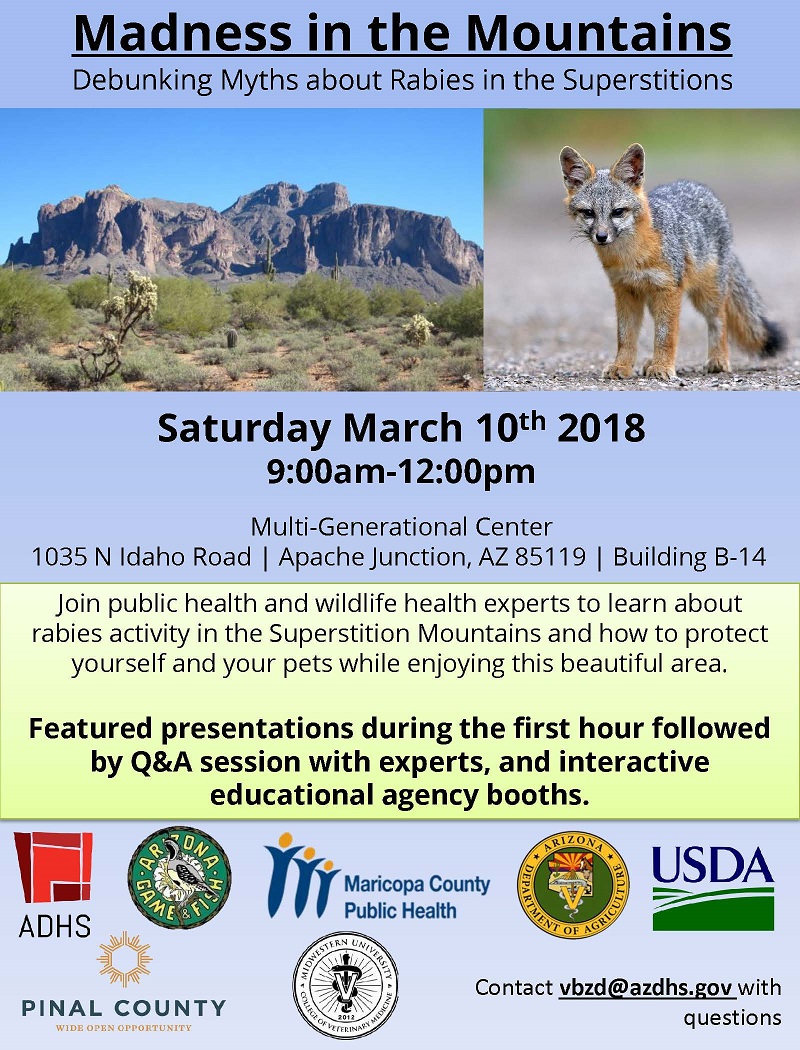For some reason human nature drives us to fear unknown, strange, and seemingly unpredictable hazards more than the commonplace hazards that we face day to day, even though the everyday hazards are a far more important public health risk. Accidents and injuries are a good example. Accidents and injuries are hands-down the number 1 killer of people under 44 years old, but we often overlook safety because we face safety risks everyday.
Did you know that (on average) 12 Arizonans die each day from an injury? There were over 40,000 hospitalizations due to injury in 2009 in Arizona, and over 388,000 emergency department visits. Many (actually most) injuries are preventable, so it is easy to understand why the CDC has named reduction in motor vehicle crashes as one of its top winnable battles. Many people think that unsafe conditions dominate injury risks, but it’s actually unsafe acts that are most important (and the easiest to correct). Things like paying attention while you drive, buckling up, and not driving while impaired are probably the easiest and things you can do to improve your chances of seeing another day.
For more than a decade, communities across the country have celebrated National Public Health Week each April by highlighting public achievements and raising awareness of issues important to improving the public’s health. This year’s theme is “Safety Is No Accident: Live Injury-Free”. You can help raise awareness of injury and violence prevention in your home and community during National Public Health Week by observing this year’s daily themes:
• Monday: Injury Prevention Starts at Home – Learn what precautions can be taken at home.
• Tuesday: Injury Prevention Starts at Work – Conduct safety training, wipe up spills and wear protective equipment.
• Wednesday: Injury Prevention Starts at Play – Host a sports and recreation-related injury awareness event.
• Thursday: Injury Prevention Starts on the Move – Remain alert while on the move, wear a seat belt, use child safety seats and don’t use your cell phone while driving.
• Friday: Injury Prevention Starts in your Community – Work with your neighbors and local officials to address public safety issues.
See the National Public Health Week website for more information on how you can promote injury-free living.
Since 2000, the CDC has supported our efforts to develop an injury surveillance and control process. As a result, Arizona developed a statewide Injury Prevention and Surveillance Plan, and activated an Injury Prevention Advisory Council. The Advisory Council:
- provides recommendations on injury priorities,
- works together on priority strategies,
- assists in problem solving,
- participates in revision and evaluation of the plan, and
- acts as network of partners from multiple disciplines working toward shared goals of reducing injury in Arizona.
Another avenue to work on injury prevention is through Safe Kids. Safe Kids Arizona is a state-wide program dedicated to the prevention of unintentional injury for Arizona’s children younger than 15 years of age. Safe Kids Arizona is a member of the Safe Kids Worldwide. In Arizona, there are five local Safe Kids Coalitions and one local chapter.
More information on various injury topics can be found at our Injury publications page by clicking on Injury Prevention Factsheets and the Injury Surveillance and Prevention Program.











